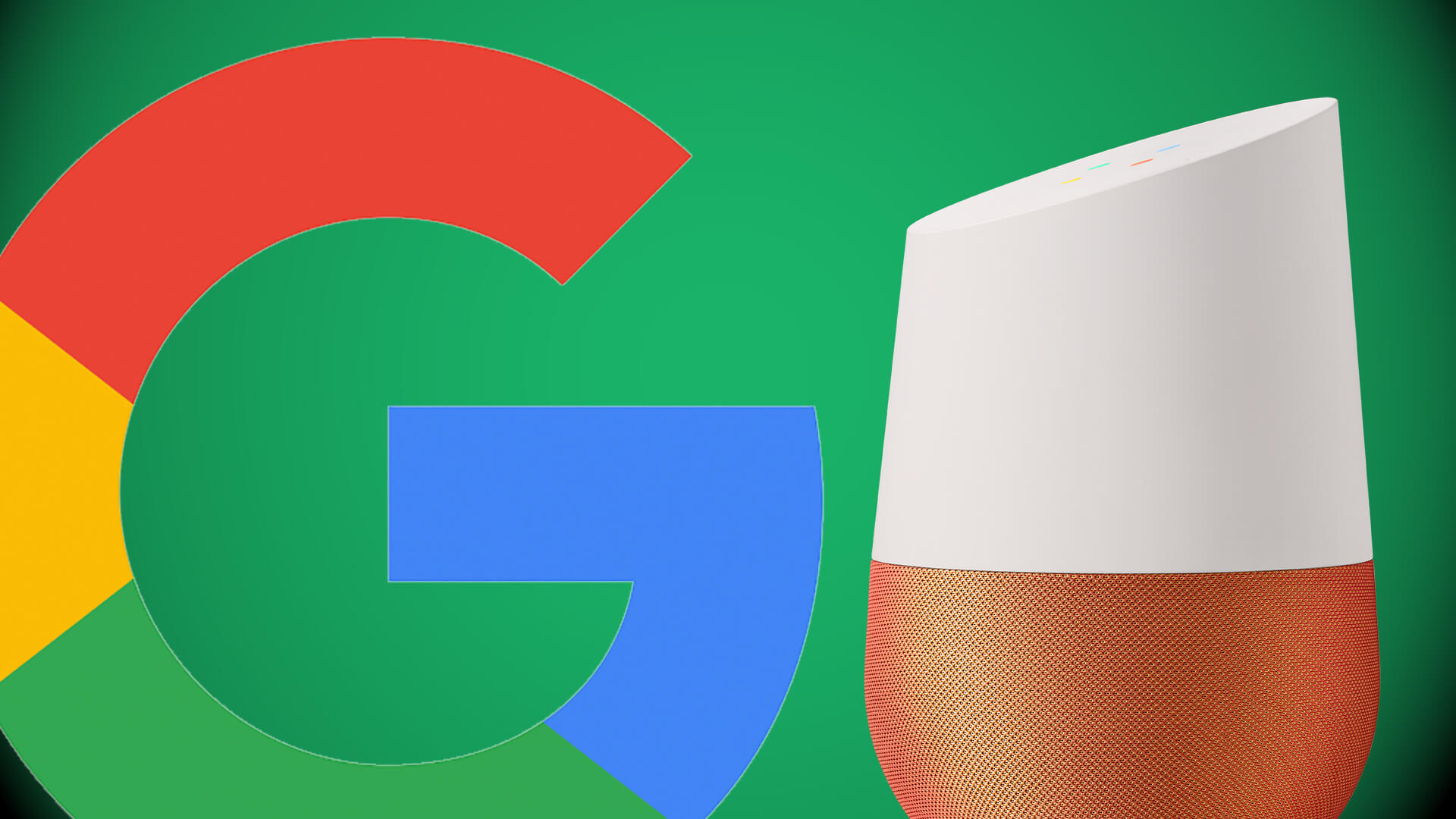
Google’s new “Google Home” device may be one of the most popular holiday gifts this year, but some marketers are not going to be celebrating in 2017.
For instance, if you ask Google Home, “What is Bing?” its response is, “Indicating a sudden event or action.” If you ask, “What is Yahoo?” its response is, “A rude, noisy, or violent person.” Interestingly enough, Google Home responds to the question, “What is Google?” with “search for information about (someone or something) on the Internet using the search engine Google.”
Instead of treating examples like these as branded queries, Google Home responds with dictionary-like definitions. Unfortunately, there is not much marketers can do in this scenario other than ensuring the definition of their brand is branded like the definition of “Google.”
Where Google Home’s answers come from
Google Home is powered by the same Google Assistant as voice search, wearables, mobile, auto and other devices. Google Assistant relies on a variety of resources, including Google search data. Google search data comes from a variety of places, including content from pages that Google “thinks” will satisfy users’ queries. In some cases, Google extracts “quick answers” directly from third-party pages and returns them in the form of “Featured snippets” that are displayed at the top of organic search results pages.
For some questions, Google Home responds with answers similar to “featured snippets” in organic search results. In order to be considered for featured snippet responses to branded product questions like, “What is the difference between [Brand] and Diet [Brand]?” brand sites must provide the content necessary to quickly answer users’ questions.
There is no way to mark up pages for featured snippets or responses, and they do not originate from Knowledge Graph. Google programmatically determines pages that contain a likely answer to the user’s question and displays the result in the form of a featured snippet.
When you ask Google Home, “Who is Steve Jobs?” Google Home responds with, “Steven Paul ‘Steve’ Jobs was an American businessman, inventor, and industrial designer.” Unfortunately, Google Home doesn’t mention any affiliation with Apple.
This issue appears to be due to “Knowledge Graph” and the fact that Apple is not mentioned in Mr. Jobs’s biographical information from Wikipedia until the second sentence. Marketers looking to address this type of issue should ensure that Wikipedia entries include key details right away.
What Google Home can’t do… yet
Google Home leverages search, but it does not make calls, support TV schedules, movie schedules, driving directions or ads (other than the ones in NPR podcasts for news queries), allow purchases or provide other features. Users cannot navigate to a website with Google Home (at least not directly) or provide feedback when something is not right. In terms of tracking audible responses, impressions never appear, users cannot click, and voice-related measurement is still tricky.
While not perfect, Google’s new Home device, powered by Google Assistant, does some things very well. Hopefully, these tips and observations will help you more effectively leverage conversational search through Google Home, Voice and other Google Assistant-driven responses.
Opinions expressed in this article are those of the guest author and not necessarily Search Engine Land. Staff authors are listed here.
